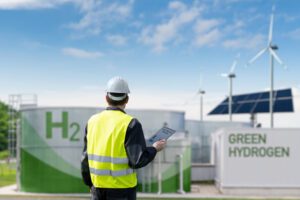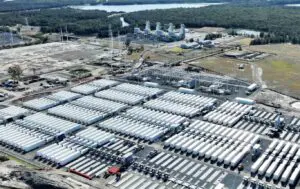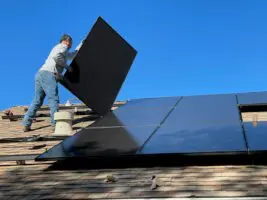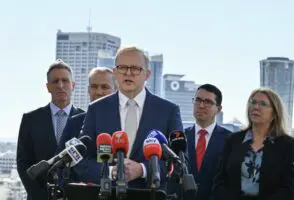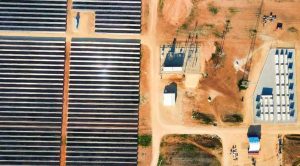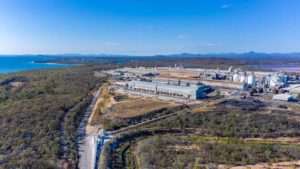Legislation underpinning the NSW government’s hydrogen strategy has been approved by the state parliament, clearing the way for as much as $80 billion in private investment and the creation of new green industries.
The NSW parliament passed the legislation on Friday, unlocking $70 million in government investment for the creation of two new hydrogen hubs in the Illawarra and Hunter regions, as well as significant exemptions from government fees for green hydrogen producers.
“We are leading the nation when it comes to emerging technologies and seizing the opportunity to attract national and global investment in this future industry to grow our economy,” NSW premier Dominic Perrottet said.
“Our hydrogen energy industry will allow us to develop new export markets with our core trading partners, including Japan, creating new jobs in the Hunter and Illawarra, while also helping to secure our energy needs into the future.”
The NSW government expects that the Hunter and Illawarra hydrogen hubs will include the production of renewable supplies of hydrogen, as well as its use in the decarbonisation of industrial operations – such as the production of green steel – and in the production of products suitable for export, such as green ammonia.
The state government is aiming to take advantage of growing international demand for zero emissions hydrogen and hopes that renewable hydrogen could also be deployed in other “hard to abate” sectors, including the transport and energy sectors.
The strategy establishes goals to cut the cost of renewable hydrogen production by $5.80 per kg over the next decade and deliver up to $3 billion in state government incentives to support the industry’s growth.
NSW energy minister Matt Kean said the strategy, and the emerging hydrogen industry, would provide a significant boost to the state economy, as well as contributing to the state’s emissions reduction targets.
“Our Hydrogen Strategy is expected to increase the size of our economy by more than $600 million each year while helping the state to halve emissions by 2030,” Kean said.
“Hydrogen will help to reduce our carbon emissions in sectors like heavy transport and industry, create jobs and open up new export markets for NSW.”
The legislation included provisions that will allow for wind farm developments to be constructed within NSW’s government managed softwood pine plantation estate, with a requirement that any forestry land used for renewable energy projects would need to be replaced on a “two-for-one” basis to ensure the state’s “harvestable forestry estate” is expanded.
“Renewable energy projects will help to create regional jobs, attract investment in the bush and diversify Forestry Corp’s revenue, at the same time as providing sustainable timber supplies for decades to come,” Kean added.
The passage of the NSW hydrogen strategy comes as gas utility Jemena begins blending renewable hydrogen gas into the mains gas network as part of its Western Sydney Hydrogen gas project. The project will trial the mixing of mains gas supplies with 2 per cent hydrogen gas by volume.
Lies, myths and greenwashing. Good independent journalism is time-consuming and costly. But small independent media sites like RenewEconomy have been excluded from the tens of millions of dollars being handed out to big media companies from the social media giants. To enable us to continue to hold government and business to account, to cut through the lies and the misinformation about the renewable transition, and to help expand our work, you can make a voluntary donation here to help ensure we can continue to offer the service free of charge and to as wide an audience as possible. Thank you for your support.

